With all the new 3D printing technologies coming to the Additive Manufacturing market, one can be flooded with options and confusion. – monochrome, full color, materials, functionality, prototyping, production? “Lyons, tigers and bears, oh my!”
Often you may find you need to sacrifice one for another. Why is that, and do we see this changing? For the sake of this article – let’s explore Full Color.
What is Full Color?
Full color is the process of taking 4 base colors, (Cyan, Magenta, Yellow, and Black) CMYK and blending them to create millions of tones and almost any color you can imagine. CMYK was developed using wet inks back in 1906 by the Eagle Printing Ink Company, Inc. and since then has been adopted as the base standard for full color in the 2D printing industry.
In the past, there has been little to excite many about the practicality of Full Color 3D Printers.
Why is this?
Color range and placement – For some 3DPrinting technologies, full CMYK color range has been limited. Or, having the ability to place colors strategically to create a range of gradience, has been limited. For example, if I wanted to print a 3Dmodel of the world, I might be able to print one color blue for the oceans and one color of green or brown for the land. But I would not be able to blend from dark blue to light blue for the water in the oceans, or from shades of green to brown for the land.
Part properties – Fragile parts, parts that degraded or become brittle over time. Some color 3D printers rely on gypsum powder with a bonding adhesive (and jetting inks for color). They produce great color initially, but the process makes for fragile parts and color fades over time. Other processes use colored light-cured resins. These resins have “like” properties to engineering-grade materials and those properties tend to be compromised by exposure to heat and/or light (daylight/lighting) over time.
Economics – Simply stated, too expensive to produce. The processes are time-consuming to print, clean and post-cure. Materials can be expensive to purchase and are wasted in the process. Some processes have materials with very low reusability factors since the adhesives bleed into the unused material. Rendering tedious manual material reclamation and mixing. Others have costly model and support materials and require a large amount of support material that is thrown out at the end of the build process.
So why now? What advances have been made to make Full-Color Functional Parts a viable option today?
HP and its Multi-Jet Fusion (MJF) technology. Specifically the 580 Full-Color series. Although the HP MJF 580 is positioned as more of a prototyping or short-run production machine – the parts are as equally end-use and production-worthy as the parts coming off its big brother’s (4200 / 5200 series). But FULL COLOR!
HP’s Multi-Jet Fusion process is the key, utilizing its many years of inkjet and CMYK color printing knowledge. Applying CMYK agents in-situ to achieve gradient full-color parts. HP uses real Nylon 12 powder, laying down heat reactive chemistries that cure the layers and sublayers when energy is applied. Resulting in injection molded part properties. A second chemistry is simultaneously applied that stops the fusing on the outer surfaces. This creates crisp edges, fine detail, and repeatable accuracy. It is because of the combination of these chemistries that injection molded properties are achieved and the system is able to automatically reclaim, mix, and reuse the uncured powders, again and again. When you open the HP MJF 580 at the end of the printing process all you will find is unused material vacated and your finished parts waiting for you to remove.
These durable parts can be put onto the manufacturing floor as instructional assembly aids, go/no-go gauges with wear marks, or even check fixtures with alignment marks printed right on them. Customized orthotics or prosthetics, figurines, functional housings or consumer goods are among many other applications.
Imagine a machine you can use to develop a product and then go straight to production.
90% of injection molded parts in the market today could fit in the HP MJF 580 build volume. The HP MJF platforms are positioned to capture a percentage of that market with its high reusability powder processes that allow for efficient and fast printing, superior part properties, and economies of scale.
To learn more about HP MJF 3D printing platforms and all that is happening at Cimquest Inc. check us out by clicking the button below.


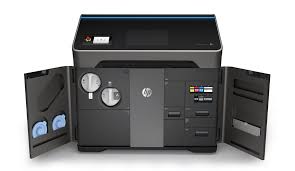
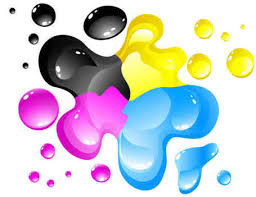

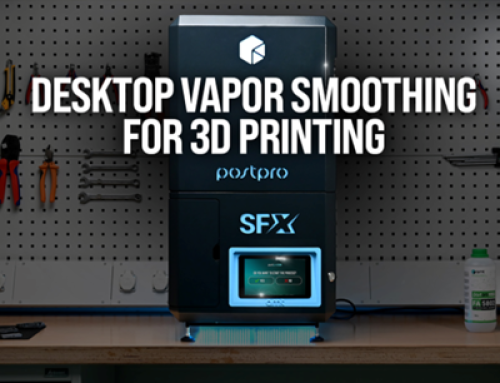
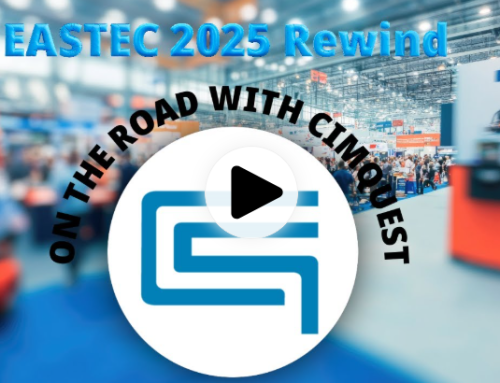

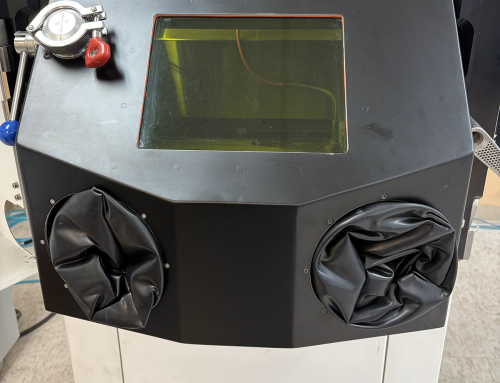

Leave A Comment